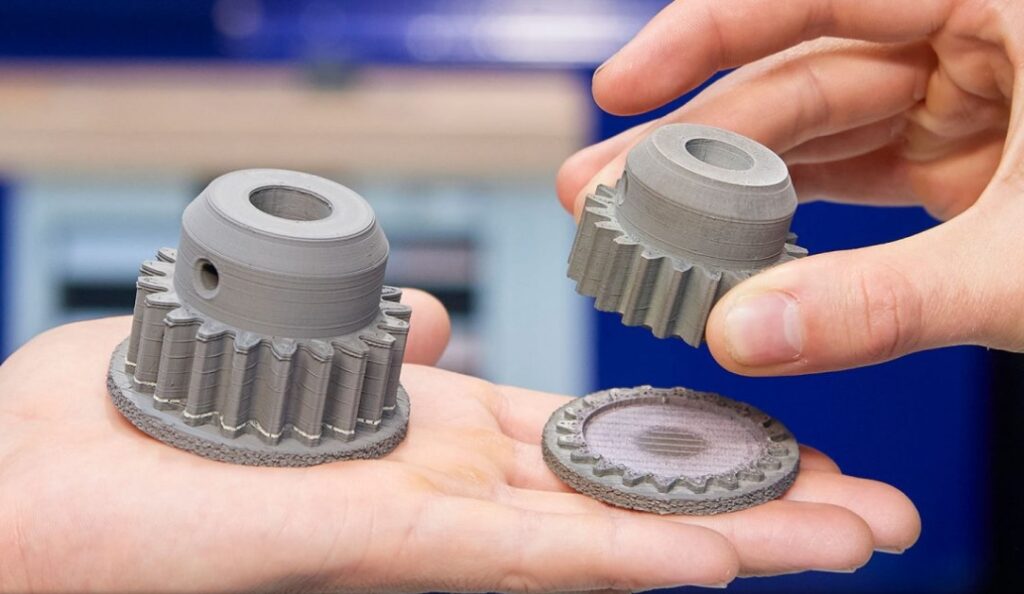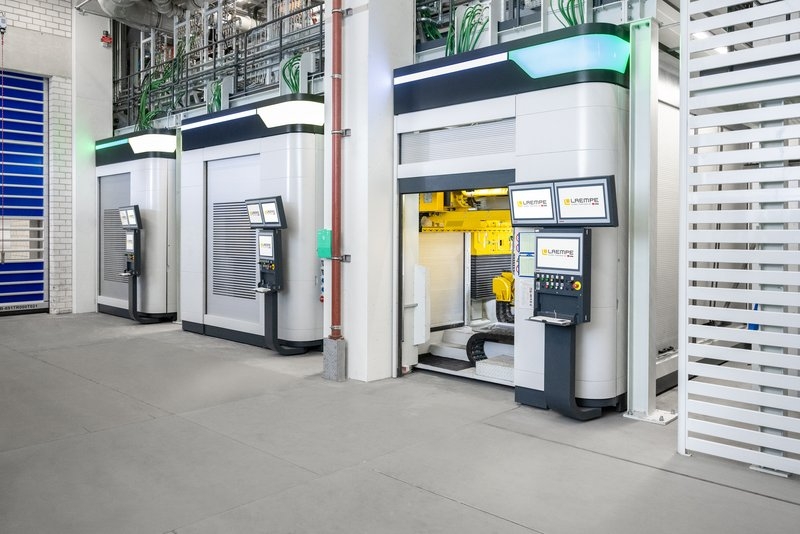Munich, Germany – April 25, 2025 – BMW Group has officially opened its state-of-the-art Additive Manufacturing Campus in Munich, marking a major step forward in bringing 3D printing into mainstream car production. With an investment of $25 million (around €23.3 million), BMW is pushing forward its strategy to industrialize additive manufacturing and embrace smarter, more flexible ways of building vehicles—especially electric ones.
Building on Years of 3D Printing Experience
BMW’s journey with additive manufacturing goes back years. In 2019, the company launched the IDAM (Industrialization and Digitization of Additive Manufacturing for Automotive Series Processes) project, setting up automated metal 3D printing lines in Bonn and Munich. It later joined the POLYLINE project, which focuses on creating automated production chains for polymer parts. Both efforts received backing from Germany’s Federal Ministry of Education and Research, aiming to move 3D printing beyond prototypes and into high-volume manufacturing.

A Strategic Milestone
Milan Nedeljković, BMW’s Board Member for Production, emphasized how critical 3D printing has become:
“Additive manufacturing is now an essential part of our production system. This new facility helps us scale up and fully integrate the technology across our operations.”
What the New Campus Offers
The new Munich campus brings all of BMW’s additive manufacturing activities under one roof. It houses around 50 industrial 3D printers, with another 50 already running in the company’s global network. About 80 specialists work at the site, focusing on tool-free production processes. Their goal? Speed up product development and cut costs.
Besides building parts and prototypes, the campus also serves as a hub for research, training, and further automation development. It builds on workflows developed in the IDAM and POLYLINE projects, covering everything from quality assurance to large-scale production.

Strategic Partnerships and Investments
BMW isn’t doing it all alone. Through BMW iVentures, it has invested in cutting-edge companies like Carbon, Desktop Metal (now part of Nano Dimension), Xometry, and ELISE. These partnerships aren’t just about staying ahead of the curve—they’re helping BMW build a diverse and innovative ecosystem for digital manufacturing.
Next-Level Sand Casting with Laempe Mössner Sinto
In a standout collaboration, BMW teamed up with Laempe Mössner Sinto to bring next-gen sand core production to its Landshut foundry. The foundry now runs six fully automated binder jetting systems that produce sand cores for new six-cylinder engines.
These systems offer high-speed, two-way printing and use inorganic binders, making the process more eco-friendly. The “hybrid core production” approach blends traditional casting methods with 3D printing, giving BMW more flexibility and control in manufacturing.

A Global Learning Hub
The Munich facility will also serve as BMW’s central training center for employees worldwide. It’s designed to help teams adapt to new design standards, part certifications, and workflows that rely heavily on 3D printing. This move underlines BMW’s commitment to innovation, efficiency, and sustainability—especially as it looks to lead the charge in electric vehicles and autonomous driving.
Sustainability Through 3D Printing
BMW is also tapping into the sustainability benefits of additive manufacturing. The company is reducing material waste, enabling lightweight designs (especially for EVs), and using recyclable materials wherever possible.
Through collaborations with voxeljet and Loramendi, BMW has automated the production of engine cylinder head cores, boosting both efficiency and design flexibility. It’s also exploring Wire Arc Additive Manufacturing (WAAM) to create lighter, stronger aluminum parts—cutting down on both material usage and energy consumption.
